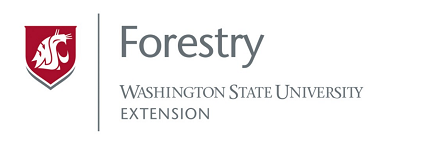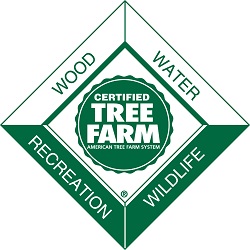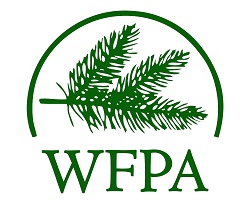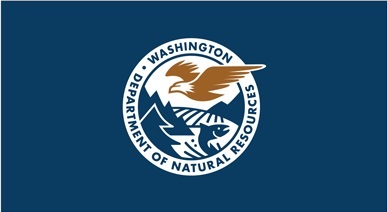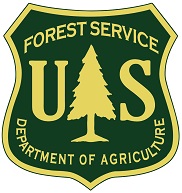Resources for forest landowners in Clark County
Forestry education and assistance for forest and woodland property owners in Washington: Download the PDF here.
Questions?
Andy Perleberg 509.630.4217
Small Forest Landowner Needing Assistance?
- The Regional Conservation Partnership Program (RCPP) is a USDA Natural Resources Conservation Service (NRCS) Farm Bill program.
The program packages funding from multiple NRCS programs to provide landscape scale conservation benefits by partnering with other groups and agriculture and forestry producers.
The Southwest Washington Small Forest Lands Conservation Partnership provides RCPP funding to achieve conservation of forests in southwest Washington in a way that engages small forest landowners voluntarily, increases financial and regulatory security for forest landowners and improves forest and watershed health to benefit people, fish and wildlife.
Clark Conservation District Stewardship Forester provides free forest planning, forest stewardship advice and can assist with applications for cost-share for forest stewardship projects.
Helpful documents
Scribner volume table (PDF)
This chart can help forest landowners estimate how many board feet of lumber can be milled from a log, based on the log's length in feet and diameter in inches. A board foot, often abbreviated as "BDFT," is the equivalent of a square piece of lumber, measuring 1 foot on each side, that is 1 inch thick.
Online Resources
The following chart provides some additional online resources that may be helpful for forest landowners.
| |
| |
| |
| |
| |
| |
| |
|

